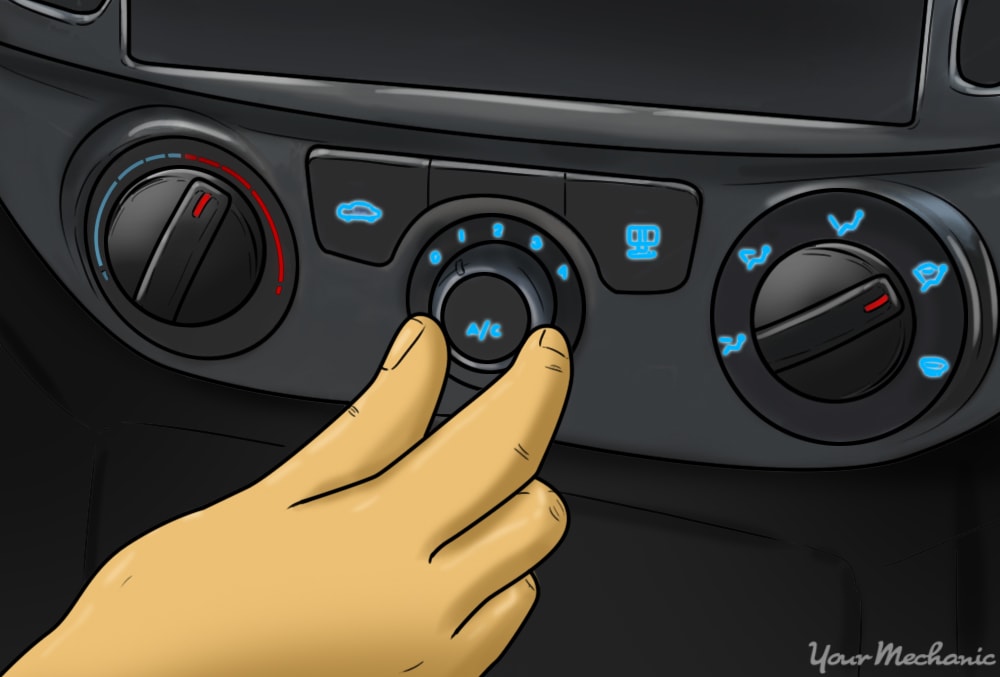

One of the most frustrating situations any car owner can experience is a broken AC, especially during those hot summer days. The modern AC system is comprised of multiple independent components that must work together seamlessly in order to convert warm air to cool. Of these parts, the AC evaporator is crucial to an automotive air conditioner. While this component can hold up against constant use for several years, problems can and often will pop up without warning.
What is the AC Evaporator?
An air conditioning system is designed to remove heat from the air. The job of the evaporator is to harness the cold refrigerant in its liquid state. As warm air passes along the evaporator coils, it collects the heat from the air and makes it cool. The cold air is then circulated through time cabin.
Two specific components that make up the evaporator: the core and the coils. When issues occur, in most cases it’s due to leaks created in between these two parts. Since the AC evaporator requires constant pressure to effectively remove heat, a leak is typically the leading cause of a malfunction. As such, when a major AC Evaporator leak is detected, replacement is the best course of action.
4 Symptoms of a Bad or Failing Air Conditioning Evaporator
Like most AC issues, the first indicator of a damaged AC evaporator is poor performance. Since the AC evaporator is the major part that removes heat from the air, failure is rather simple to determine. However, there are 4 other warning signs of a damaged AC evaporator:
1. The cool air is weak or no cold air is blowing at all. When the AC Evaporator coil or core is leaking, it will impact the effectiveness of the air conditioning system. Generally speaking, the greater the leak, the cooling capacity is reduced.
2. You notice a strange odor when using your AC system. If your AC evaporator is leaking, a small amount of refrigerant (not coolant) will seep from the coil, core, or seals. This will produce a sweet aroma, which might get more intense when the AC is turned on.
3. The AC compressor will not activate. The compressor is intended to circulate refrigerant through the evaporator. It depends on maintaining a predetermined pressure to operate. As such, if there is a leak, there is reduced pressure within the system and the compressor will not activate.
4. The AC temperature will vary. If the AC evaporator has a small leak, it can continue to cool air. However, if the temperature is inconsistent, it’s a possible indicator of a damaged AC evaporator.
What are the Main Causes of an AC Evaporator Leak?
There are a few sources of an AC evaporator leak. Some of them easy to detect, and others requiring some detailed diagnosis:
1. Damaged Outer Seal.Most leaks are due to a damaged outer seal on the evaporator core.
2. Corrosion. It’s also quite common for corrosion inside the evaporator core to cause seals to leak. Corrosion occurs when debris finds a way into the air intake such as dirt caused by damaged or clogged air filters.
3. The Connection between Coil and Core.Another leak source is the connection between the ac evaporator coil and the core. If a leak is detected, replacement of the entire AC evaporator is the correct course of action.
Some shade-tree mechanics attempt using a sealant to fix a leak, but this is always a temporary solution, and typically creates additional problems with the AC system — so we don’t recommend this type of quick-fix.



